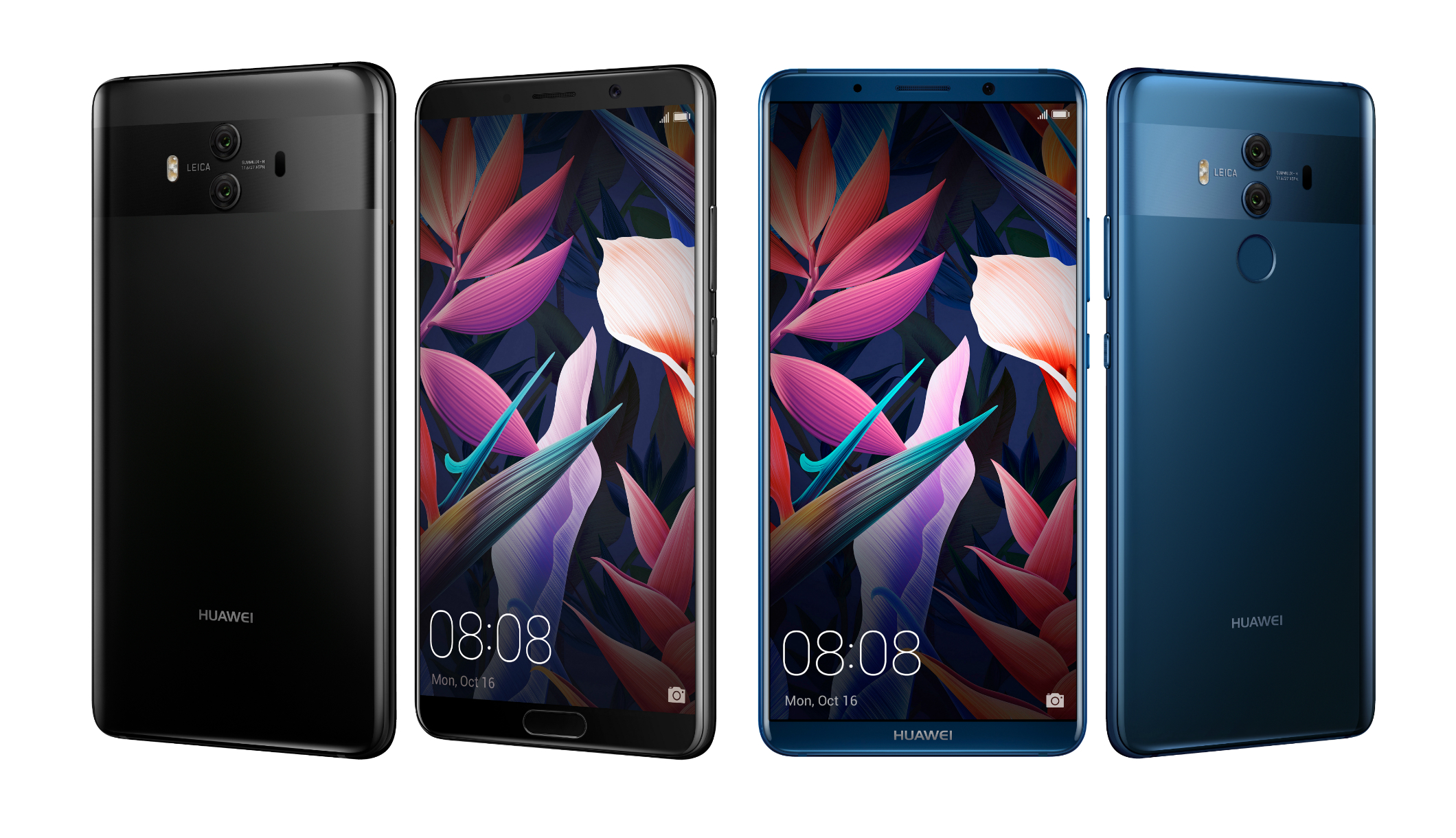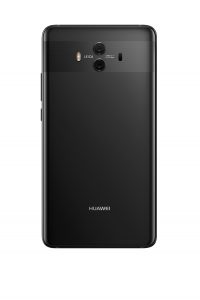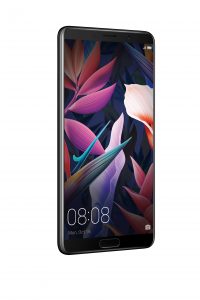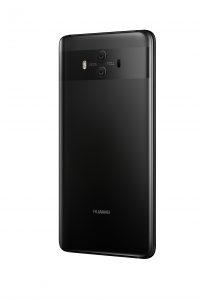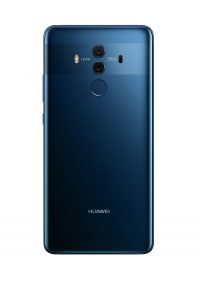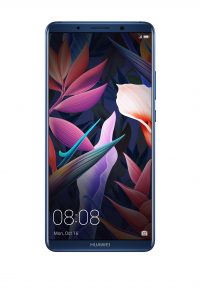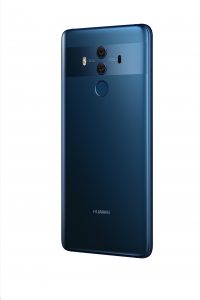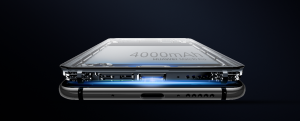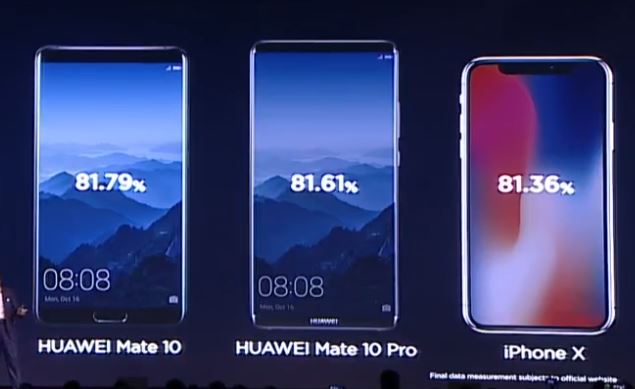
In Munich this evening Huawei have finally unveiled phones that many of us have been tracking for quite a while, the Mate 10 and Mate 10 Pro. Huawei have launched some new hardware and software with them and hope that this will lead to a disruption in the smartphone world — disruptive innovation they called it.
The Mate line has always been Huawei’s innovative line, paving the way for the rest of the Huawei lineup and this year is no different. This year Huawei are introducing their new 10nm Kirin 970 chipset with its built-in Neural Network Processing Unit with both phones along with EMUI 8.0 (yes it seems they skipped a few but this puts them in line with the Android version numbers). Huawei are focusing on AI and it’s integration into the smartphone turning into a device that knows what you want before you do.
Both phones include not just the Kirin 970 CPU but also a curved 3D glass body with minimal bezel, Huawei’s FullView display (with support for HDR10). The Mate 10 display is a 5.9 inch 16:9 display while the Mate 10 Pro has an 18:9 OLED display with even smaller bezels. The Mate 10 Pro is IP67 Water and Dust Resistant while the Mate 10 is not.
The Leica rear camera setup in both phones is a combination of 12MP RGB and a 20MP monochrome sensors and feature OIS. Both phones include a new Leica Dual rear camera with an aperture of f/1.6 which also takes advantage of the AI hardware with real time scene and object recognition, an AI-powered Bokeh effect, AI-powered digital zoom with AI motion detection.
They also house a 4000 mAh battery that is charged using Huawei’s SuperCharge which is the world’s first fast charging technology to receive TÜV Fast-Charge Safety Certification — no exploding batteries here. The battery life is 30% more than the power sipping, long lasting Mate 9 and can charge at 4.5V/5A which can charge from one percent to 20 in ten minutes and from one to 58 in thirty minutes. The battery is one component set to take advantage of the AI built-in with its AI-powered smart battery management which allocated resources based on how you use the phone.
EMUI 8.0 is apparently slimmed down and simplified once again from it’s previous generation and is based on Android 8.0. It obviously features a new AI engine to take advantage of the Kirin 970 and it’s AI. Inside EMUI 8.0 is a desktop mode, without the requirement of a dock. Using just a USB-C cable plugged directly into a monitor you can then run both displays independently with the monitor showing a separate desktop interface (PC Mode). You can use a Bluetooth keyboard or mouse or just use the virtual keyboard and touchpad built into the Mate 10.
As for the dimensions, it is the Mate series, they are always big, this year is no exception. The Mate 10 is 150.5 x 77.8 x 8.2mm with a 81.79 screen to body ratio. Its bezels are just 9.6mm at the top, 10.6mm on the bottom and 2.2mm on the side. The Mate 10 Pro with it’s 18:9 display ratio is taller and has the dimensions of just 154.2 x 74.5 x 7.9mm with its minimal bezels measuring at 8.4mm for the top, 9.2 at the bottom and 3.0mm on the sides of the display. The Pro’s screen to body ratio is also impressive at 81.36%.
The phones each come in different colours but they are also specific for regions. All the colours include Champagne Gold, Black, Pink Gold and Mocha Brown for the Mate 10 and Titanium Grey, Mocha Brown, Midnight Blue and Pink Gold for the Mate 10 Pro.
The good news is that both of these will be making their way Downunder. The Mate 10 will arrive in a black colour with 64GB of onboard storage and 4GB of RAM and have a SRP of $899. It will be available via Vodafone and Open Channels (which will most likely be Harvey Norman and JB Hi-Fi based on where the Nova 2i is being sold) from November 15, 2017.
The more stylish of the two, the Mate 10 Pro, will be available for Australians in Midnight Blue colour only from Optus from December 4 and will have a retail of $1099 although we suspect that it will be available on contract with Optus only. The Mate 10 Pro will have 128GB of onboard storage and 6GB of RAM.
Now that you have seen it released, is this your next? Or are you waiting for our reviews? Stay tuned for those as we check the mail every minute of the day for our review units. For more information on either of these phones head over to Huawei’s website and check them out.

